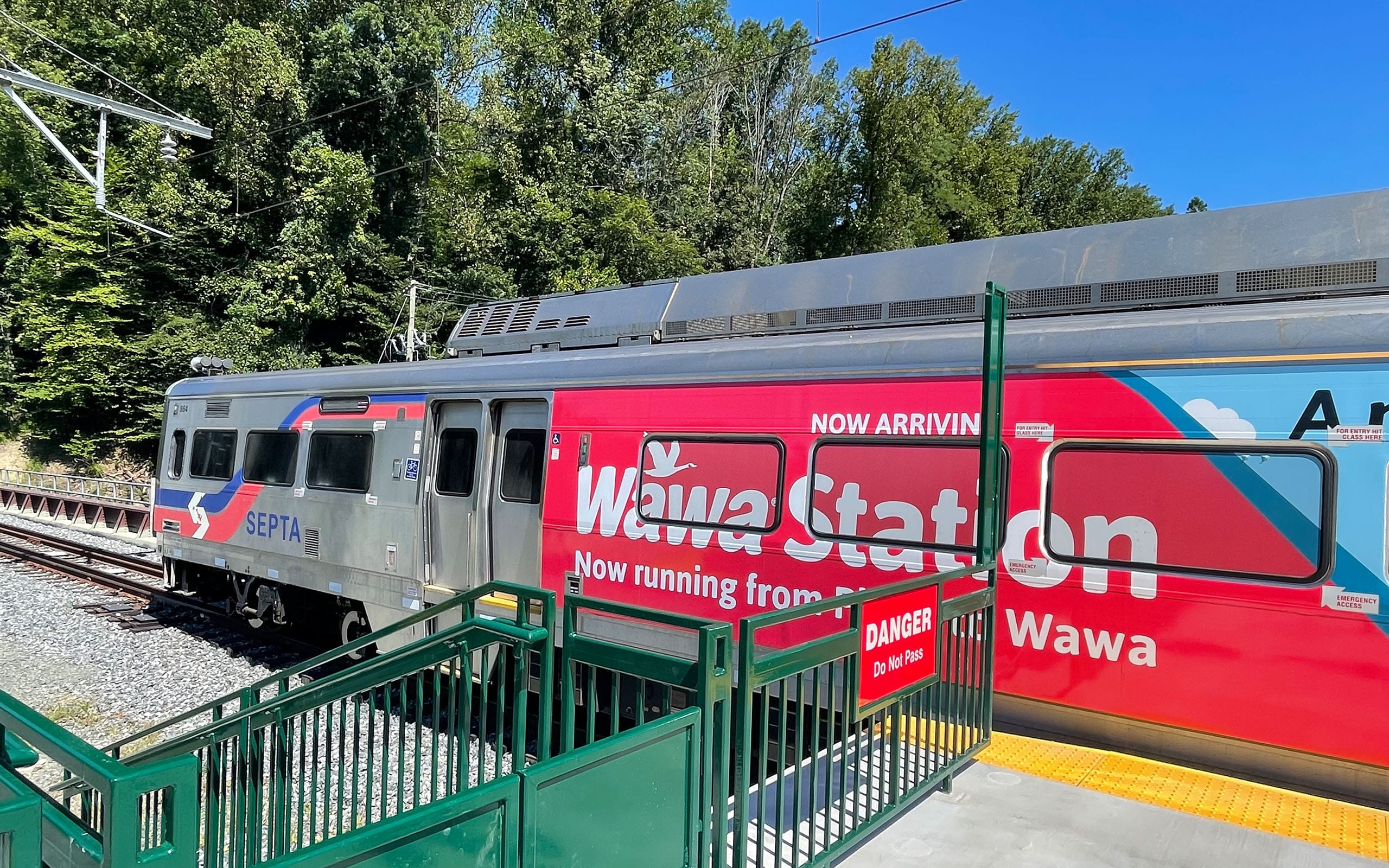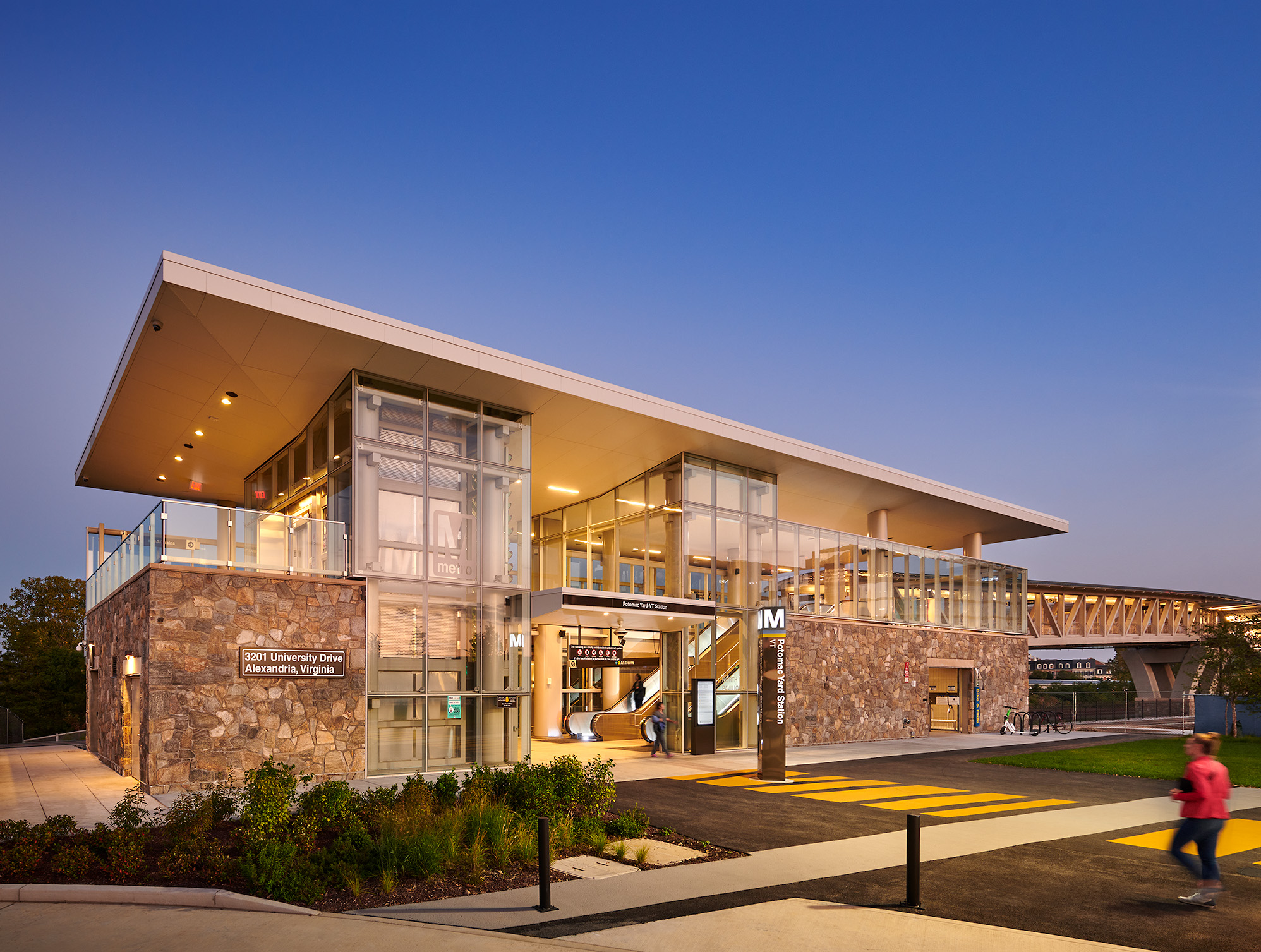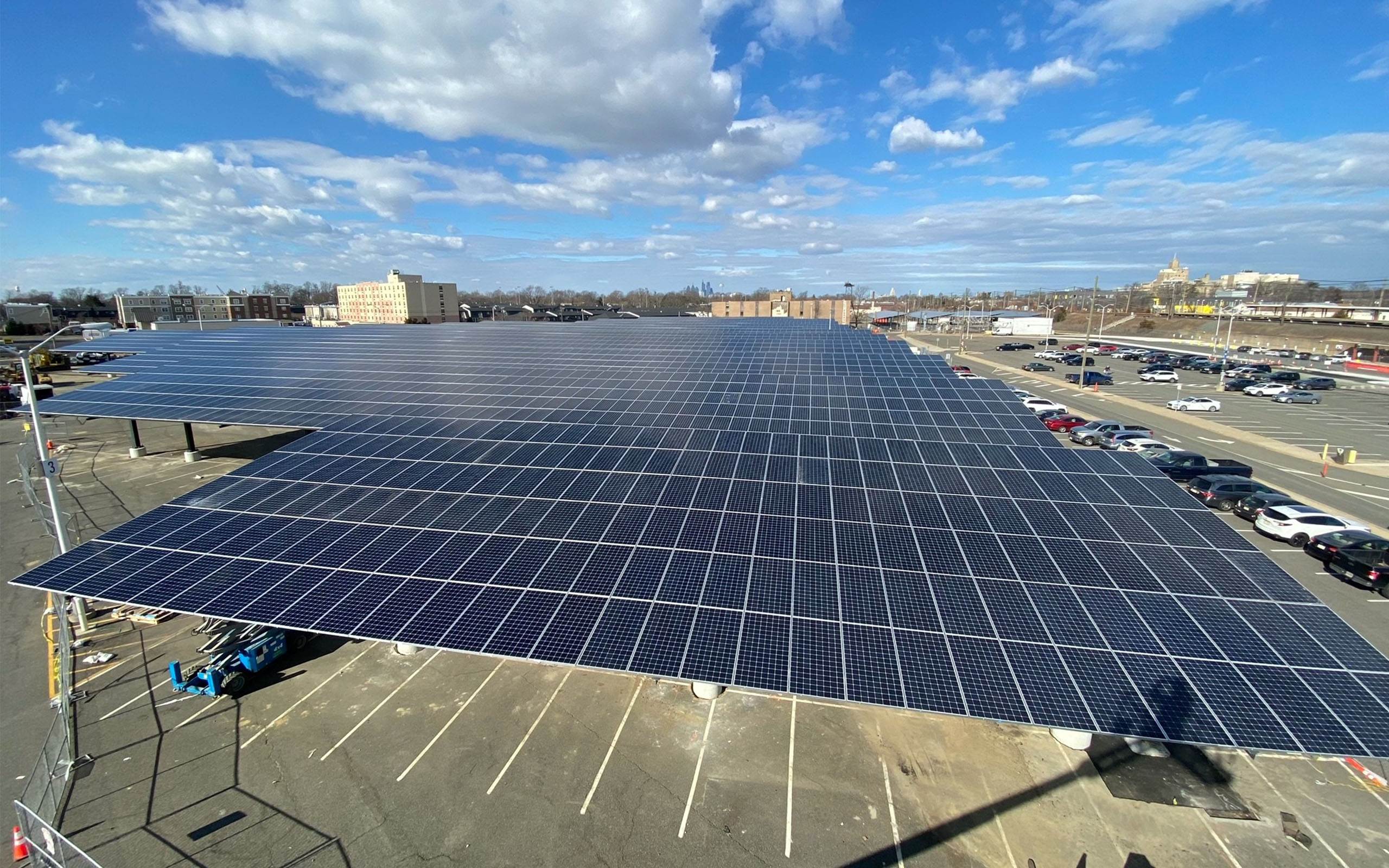Southeastern Pennsylvania Transportation Authority (SEPTA), 5th Street Station Rehabilitation
Burns led a complete overhaul to the subway station’s platforms, mezzanines, passageways and streetscape, producing a modern, multi-modal transit center for travelers arriving at the birthplace of America.
Burns served as the engineer of record, providing civil, structural, mechanical, plumbing, electrical, and special-systems engineering design. Sophisticated phasing and sequencing measures ensured continuity of station services, subway operations, and street-traffic activity. Thorough and highly accurate assessments guided comprehensive station repairs despite many unobservable conditions within the 113-year-old structure.
Project achievements included:
- Performing adaptive, in situ remediation to repair concrete-encased structural steel members and transit-grade materials, including 40 columns, 200 feet of platform edges, and an entirely replaced 1,300-square-foot tunnel completed as part of a stairway reconstruction.
- Designing resilient waterproofing strategies through hand excavation followed by tunnel-structure and stormwater-management upgrades.
- Precisely controlling structural integrity through innovative shoring solutions within constrained spaces.
- Accommodating architectural characteristics rarely found within a subway station through structural tactics such as widening tunnels and incorporating translucent pavers to introduce daylight and improve visibility.
- Enhancing street-level safety with new glass headhouses, curb cuts and bumpouts.
- Completing construction on schedule despite significant underground conflicts and COVID-19 restrictions.
Previous transit station improvements include projects for the Port Authority Transportation Corporation (PATCO) High-Speed Line and Amtrak Baltimore Penn Station.
Location
Philadelphia, PA
Client
Southeastern Pennsylvania Transportation Authority (SEPTA)
Industry





